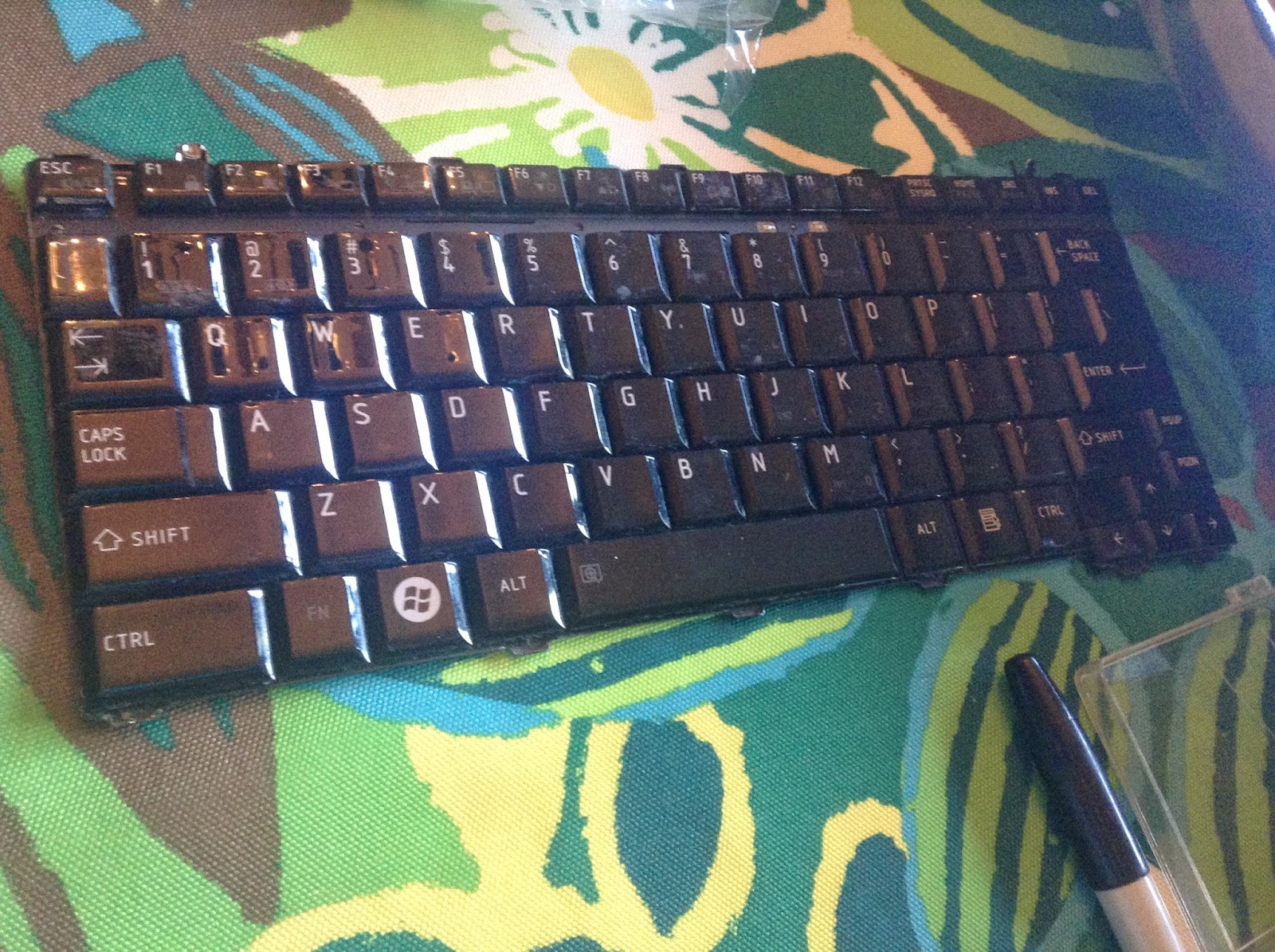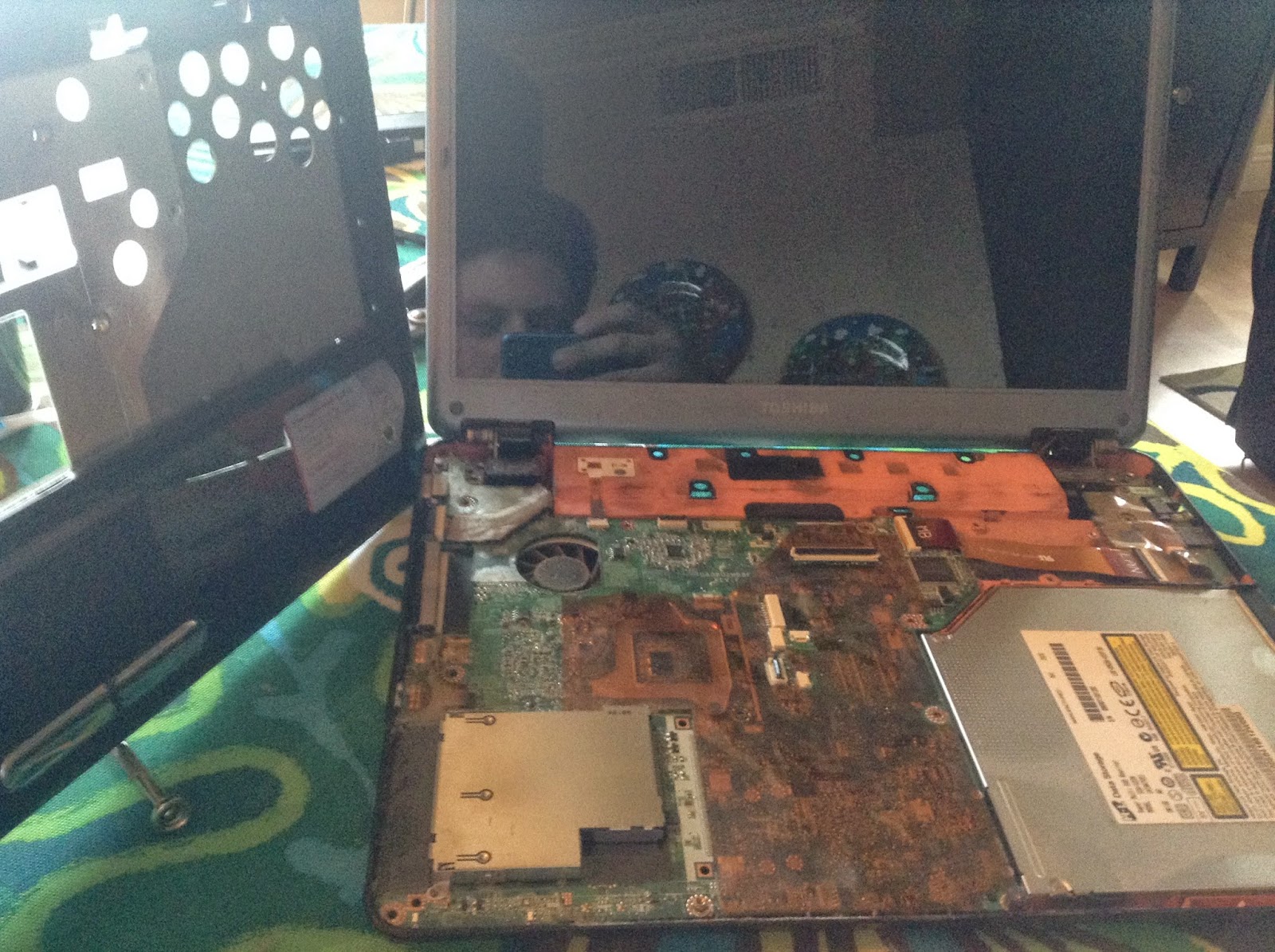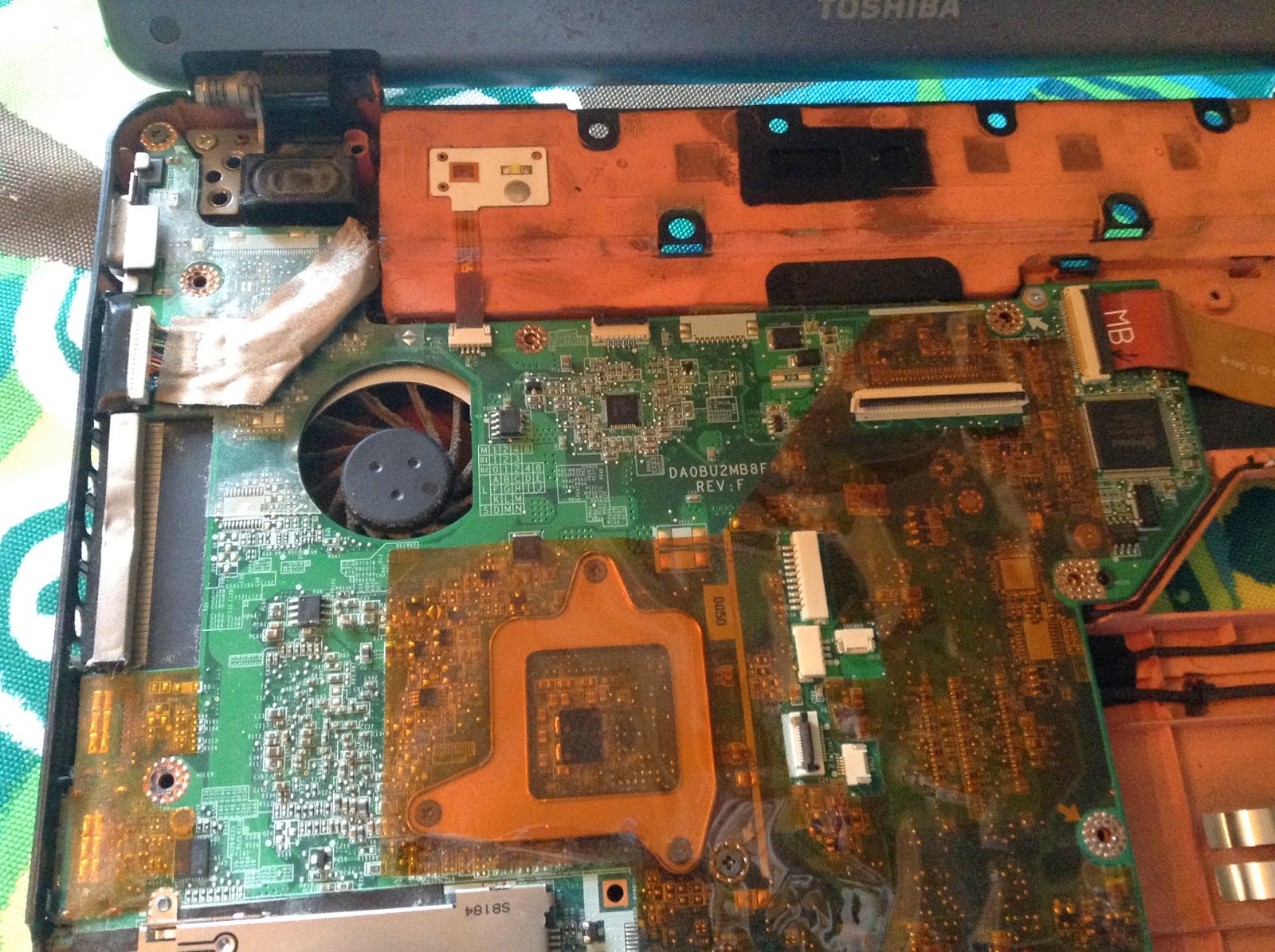Over Sunday the 27th and Monday the 28th of April, I gained 5 more hours of content for my Capstone project. I did this by starting another set of tutorials that focused mostly on the hardware of a computer- which I will go over in this blog- and also disassembling and reassembling an older 2004 model Dell Dimension 3000.
Section 1.1 of the new tutorials taught about BIOS- a computer's firmware. This is what the computer uses so it knows what to do when it boots up. The BIOS is responsible for starting up other computer components such as the keyboard, monitor, and hard drive. The tutorial showed how to upgrade the BIOS if necessary, how to configure it, how it is kept powered, and how you can use it to run computer diagnostics. Section 1.2 introduced types of motherboards, the architecture of standard-ATX motherboards (the most common type), the different available ports on a motherboard, motherboard RAM slots, different CPU sockets (and therefore different CPU types), motherboard chipsets, and motherboard jumpers and connectors. The motherboard is the piece of hardware in a computer where all data and connection passes through- all other pieces of hardware must be connected to the motherboard in some way. The common sizes of motherboards are Standard-ATX, Micro-ATX, Mini-ITX, Nano-ITX, and Pico-ITX. Each size smaller has less room for expansion, and the ITX series motherboard require less power- and can therefore be found in some portable devices. Each motherboard usually comes with some version of PCI ports- which are sockets that different adapters or "add-ons" can be plugged into. Video cards, wifi-adapters, and USB-adapters are just some of the different utilities that can be plugged into these PCI ports. Every motherboard also has at least one slot for RAM cards (or Random Access Memory cards- which provide the computer with usable memory). It also needs a socket to hold the Central Processing Unit (the CPU)- which have evolved over time and therefore have multiple types of sockets and sizes. The tutorial also went over the layout of a motherboard, and where certain components are usually placed. The motherboard is divided into the northbridge (which handles high-speed connections from the CPU and memory), and the southbridge (which holds slower components like the BIOS and PCI adapters). Section 1.3 went over the different types of memory (when referring to memory, computer technicians are usually talking about the RAM- not the hard drive). The type of memory we see today in the most modern computers is DDR SDRAM- or Double Data Rate Synchronous Dynamic Random Access Memory. Simply put, this type of RAM synchronizes with the motherboard and can go up to twice the speed of previous RAM versions. 1.4 briefly went over the process of installing adapters into the PCI ports. Finally, 1.5 dove into the different types of storage devices. The common ones we see today are SSD's (Solid State Drives) and SATA hard drives. The main difference between these is that SSD's do not have any moving parts inside of them- everything is based on electron movement. Hard drives on the other hand rely on spinning record-like disks, which have memory stored on them.
Taking notes on all of this with the additional hour it took me and my partner to disassemble the Dell computer (which I will create a separae post about) gives me a total of 25 hours, therefore completing my Capstone hour requirement. Although I have all of the hours I need, I will continue to watch and take notes on the tutorials, since I usually have fun with them. They also provide a lot of useful information concerning computer technology- which I will hopefully relay effectively to the Capstone project judges.
(My massive amount of notes packets)










































